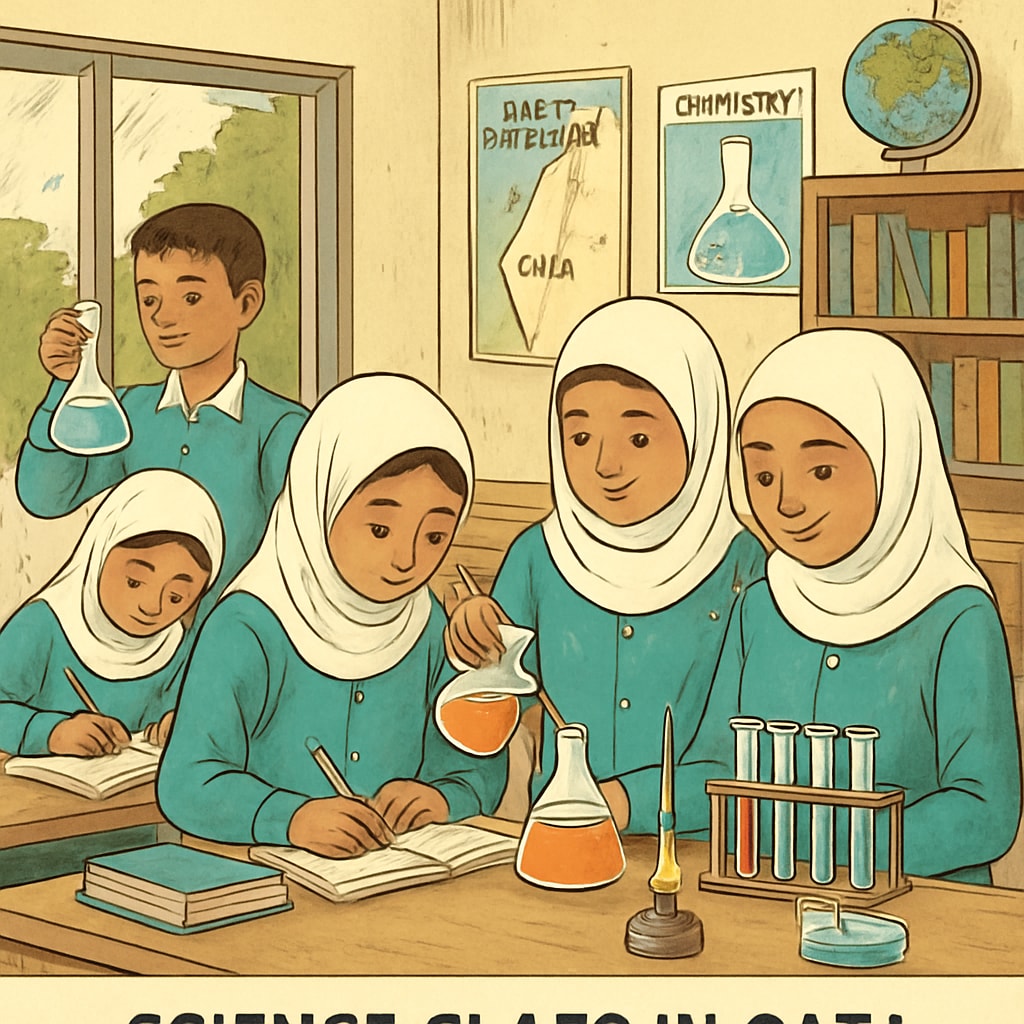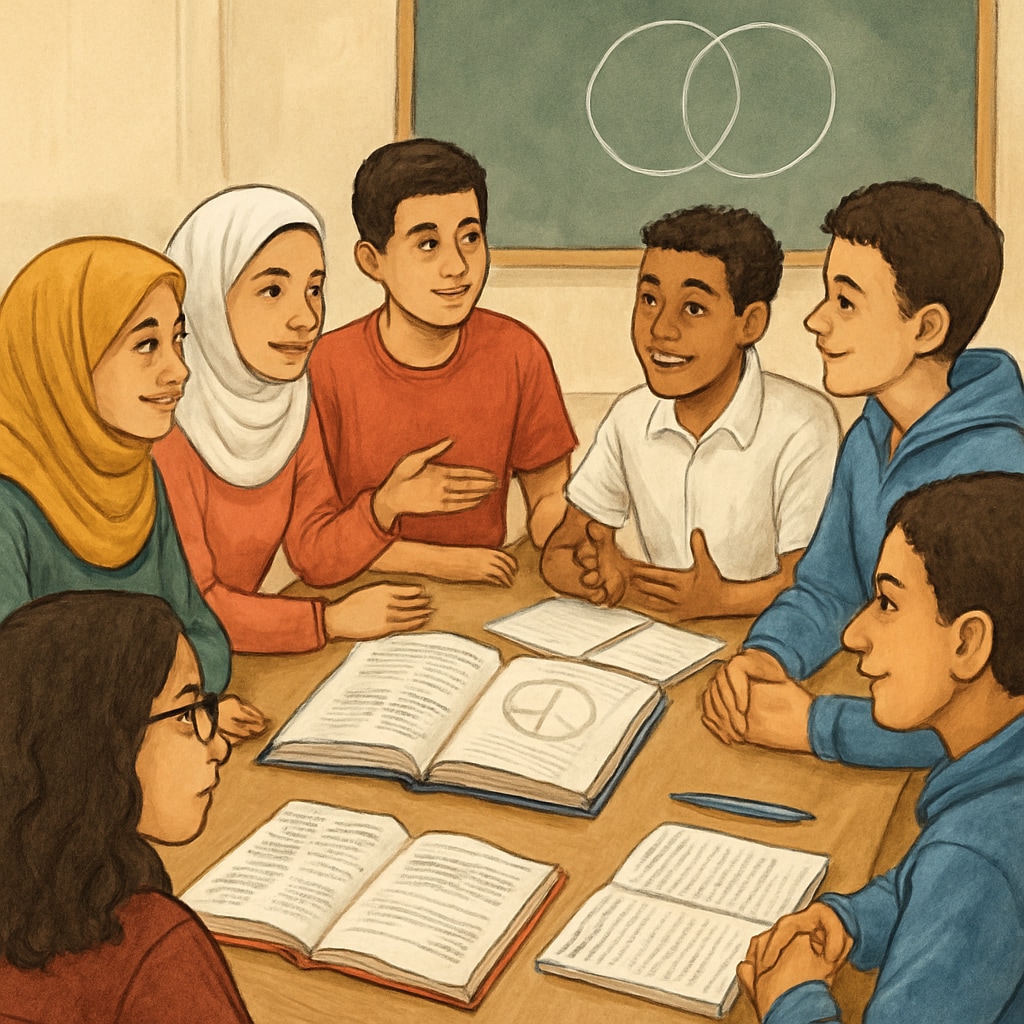The development of an educational curriculum for schools in Gaza, under the unique political and social pressures of Israeli-controlled areas, faces significant challenges. Designing effective teaching frameworks for science and social studies requires balancing cultural sensitivity, peace education, and international educational standards. This article delves into these complexities and offers insights that may guide educators and policymakers working under similar geopolitical constraints.
Understanding Gaza’s Unique Educational Context
Gaza’s education system operates within a context shaped by ongoing conflict, economic hardship, and political instability. These factors directly affect how educators approach curriculum design. For example, social studies curricula must navigate the sensitive historical narratives and promote a balanced perspective that fosters understanding rather than division. Similarly, science education must contend with limited resources while encouraging critical thinking and innovation.

In addition, the multi-layered cultural diversity in Gaza requires curricula to respect and reflect the local context, while also preparing students for global opportunities. This need for dual alignment — local relevance and international standards — is a recurring theme in curriculum development for conflict-affected regions.
Key Challenges in Science and Social Studies Curriculum Design
Designing science and social studies curricula for schools in Gaza involves unique challenges:
- Resource Constraints: Schools often lack basic laboratory equipment, making hands-on science education difficult.
- Political Sensitivities: Social studies curricula must address contentious historical and cultural topics with care, avoiding bias while promoting understanding.
- Peace Education: Integrating peace and conflict resolution education into the curriculum is essential but requires careful consideration of local sensitivities.
- Teacher Training: Educators need specialized training to handle sensitive topics and to teach effectively in resource-limited settings.
Moreover, aligning with international education frameworks such as UNESCO standards is crucial to ensure that students in Gaza have access to globally recognized learning benchmarks. Balancing these standards with local needs is a complex but necessary task.
Integrating Peace Education into the Curriculum
In conflict-affected areas like Gaza, peace education plays a pivotal role in shaping future generations. Science and social studies provide natural platforms for such integration. For instance, social studies can include lessons on conflict resolution, cultural diversity, and mutual respect. Science education, on the other hand, can emphasize collaboration, innovation, and the shared benefits of scientific progress.

However, implementing peace education requires a nuanced approach. It must be context-specific, avoiding abstract ideals that may not resonate with students’ lived experiences. Instead, it should focus on practical skills like empathy, communication, and problem-solving, which are essential for peaceful coexistence.
Recommendations for Curriculum Development in Conflict Zones
Based on the challenges and opportunities outlined above, the following recommendations can guide curriculum development in Gaza and similar conflict-affected regions:
- Engage local educators, students, and community leaders in the curriculum design process to ensure cultural relevance and ownership.
- Incorporate flexible curricula that can adapt to resource availability without compromising educational quality.
- Focus on teacher training programs to equip educators with the skills needed to address sensitive topics and foster critical thinking.
- Leverage international partnerships to access resources, expertise, and funding for curriculum development and implementation.
- Prioritize peace education as a core component of both science and social studies curricula, using context-specific and practical approaches.
By addressing these aspects, educators and policymakers can create curricula that not only meet academic standards but also contribute to the long-term goal of peace and stability in Gaza.
Readability guidance: This article uses short paragraphs and lists to enhance readability. Key ideas are supported with examples and practical recommendations. Overarching themes are tied back to the unique challenges and opportunities in Gaza’s educational context.


